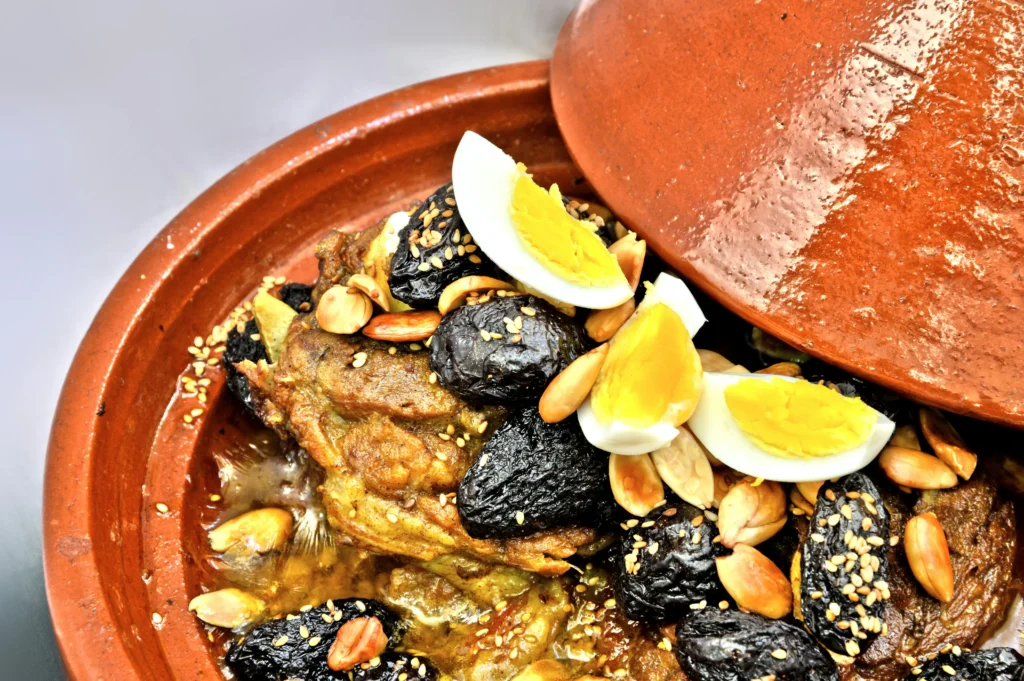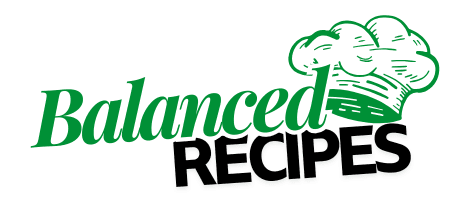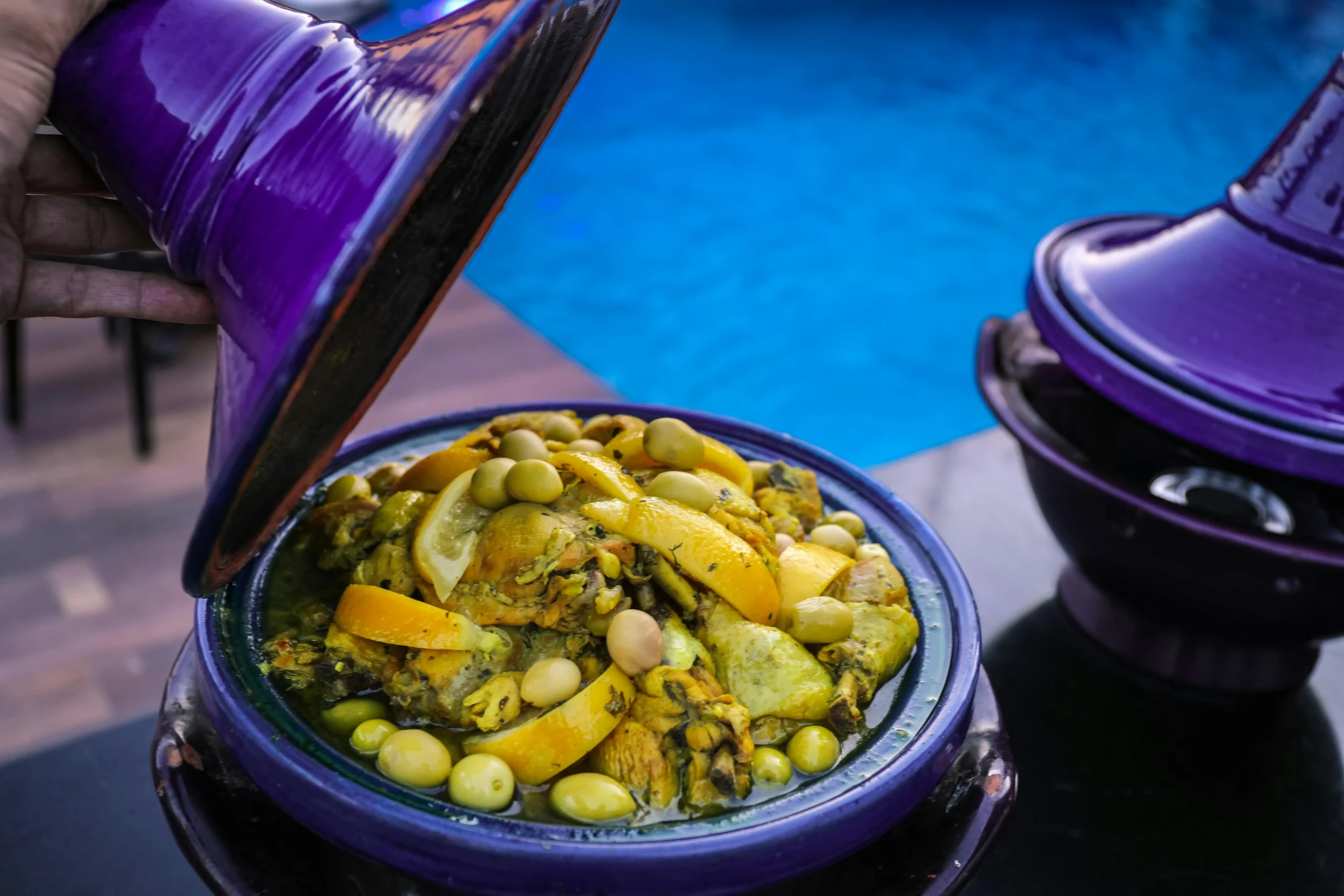How to Make Traditional Moroccan Tagine: Step-by-Step Guide
Table of Contents
Introduction: The Magic of Moroccan Tagine
Imagine walking through a bustling Moroccan souk, the air thick with the warm scent of spices—cinnamon, cumin, and saffron intertwining to create an irresistible aroma. That intoxicating fragrance often leads to one dish: the Moroccan tagine. More than just a meal, a tagine represents centuries of tradition, slow-cooked flavors, and the essence of Moroccan hospitality.
Whether you’ve tasted this dish before or are eager to try it for the first time, this step-by-step guide will walk you through everything you need to know about making an authentic Moroccan tagine at home. Get ready to infuse your kitchen with the heartwarming essence of North Africa.
What is a Moroccan Tagine?
A tagine is both a dish and a unique cooking vessel. Traditionally made of clay or ceramic, the tagine pot has a distinctive cone-shaped lid that helps circulate steam and retain moisture, making the food tender and infused with rich flavors.
Origins and Cultural Significance
- The tagine dates back to Berber tribes and has been a staple in Moroccan cuisine for centuries.
- It is more than just food—it represents community, gathering, and slow-cooked perfection.
- Tagine dishes vary widely across Morocco, featuring meats, seafood, or vegetarian combinations.
Essential Ingredients for Moroccan Tagine
To craft an authentic tagine, you’ll need a handful of traditional ingredients. Here’s a breakdown of the essentials:

Main Ingredients
| Ingredient | Quantity | Purpose |
|---|---|---|
| Lamb/Chicken | 500g | Main protein |
| Onion | 2 large | Base for sauce |
| Garlic | 3 cloves | Enhances flavor |
| Olive oil | 3 tbsp | Cooking medium |
| Preserved lemons | 1 whole | Adds tangy depth |
| Olives | ½ cup | Brings a briny contrast |
| Ras el Hanout | 1 tsp | Signature Moroccan spice |
| Saffron threads | ¼ tsp | Provides aroma & color |
| Fresh cilantro | ¼ cup | Garnishing for freshness |
Optional Additions:
- Vegetables: Carrots, zucchini, potatoes, tomatoes
- Dried Fruits: Prunes, apricots, raisins (for a sweet contrast)
- Nuts: Almonds, pine nuts (for added texture)
Choosing the Right Tagine Pot
A traditional Moroccan tagine pot is made of either clay or ceramic. If you’re new to cooking with tagines, consider these options:
- Clay Tagine: Best for authentic slow cooking, must be seasoned before use.
- Ceramic Tagine: More modern and durable, but still delivers great flavors.
- Alternative Cookware: A Dutch oven or slow cooker can work if you don’t have a tagine.
Pro Tip: If using a clay tagine for the first time, soak it in water for 24 hours and coat the inside with olive oil before slow-heating it.
How to Make Traditional Moroccan Tagine (Step-by-Step Guide)

Step 1: Preparing the Ingredients
- Chop the onions into thin slices.
- Mince the garlic for an even distribution of flavor.
- Marinate the meat with ras el hanout, salt, pepper, and a drizzle of olive oil. Let it sit for at least 30 minutes to enhance the depth of flavor.
Step 2: Layering the Tagine for Cooking
- Drizzle olive oil at the base of the tagine.
- Place a bed of onions at the bottom (this prevents burning).
- Arrange the meat in the center.
- Distribute vegetables, preserved lemons, and olives around the meat.
- Sprinkle with additional spices and saffron.
Step 3: Slow Cooking on Low Heat
- Place the tagine over low heat and allow it to slowly build up temperature.
- Avoid stirring! The unique layering method ensures flavors are infused evenly.
- Cover and let it simmer for 1.5 to 2 hours.
Step 4: Adding Final Touches
- Once the meat is tender, add fresh cilantro.
- Adjust seasoning and let it sit for a few minutes before serving.
Step 5: Serving the Tagine
- Serve directly from the tagine pot.
- Pair with Moroccan bread or couscous for a complete meal.
Variations of Moroccan Tagine
Tagine is highly versatile! Here are a few variations you might enjoy:
Chicken Tagine with Preserved Lemons and Olives
- Lighter and tangier than lamb tagine.
- Best cooked with bone-in chicken for extra richness.
Lamb Tagine with Prunes and Almonds
- A classic Moroccan combination balancing sweet and savory flavors.
- Features cinnamon, honey, and toasted almonds.
Vegetarian Tagine with Chickpeas and Root Vegetables
- A hearty plant-based option loaded with spices.
- Chickpeas add protein, while potatoes and carrots provide a comforting texture.
Tips for the Perfect Tagine Every Time
- Use fresh spices: Moroccan cuisine relies heavily on bold flavors.
- Slow cook for deep flavors: Rushing the process results in a less flavorful dish.
- Never cook on high heat: Tagine pots can crack under extreme temperatures.
- Allow resting time: Let the tagine sit for 5-10 minutes before serving.
Frequently Asked Questions (FAQ)
What is the best meat for Moroccan tagine?
Lamb and chicken are the most traditional choices, though beef and fish are also used in certain regions.
Can I make Moroccan tagine without a tagine pot?
Yes! A Dutch oven, slow cooker, or heavy-bottomed pot can work as a substitute.
How long does it take to cook a tagine?
Typically, a tagine needs 1.5 to 2 hours for the best flavor and tenderness.
What is the best side dish for tagine?
Couscous, Moroccan bread, or a simple rice dish complement the rich flavors perfectly.
Conclusion
You now have everything you need to make a delicious Moroccan tagine at home! This dish isn’t just about cooking—it’s about embracing tradition, patience, and rich flavors that tell a story with every bite. Whether you choose a chicken, lamb, or vegetarian version, you’re in for a satisfying and aromatic experience.
Give it a try, experiment with flavors, and most importantly—enjoy the journey of Moroccan cooking! Have questions or want to share your tagine experience? Drop a comment below!

